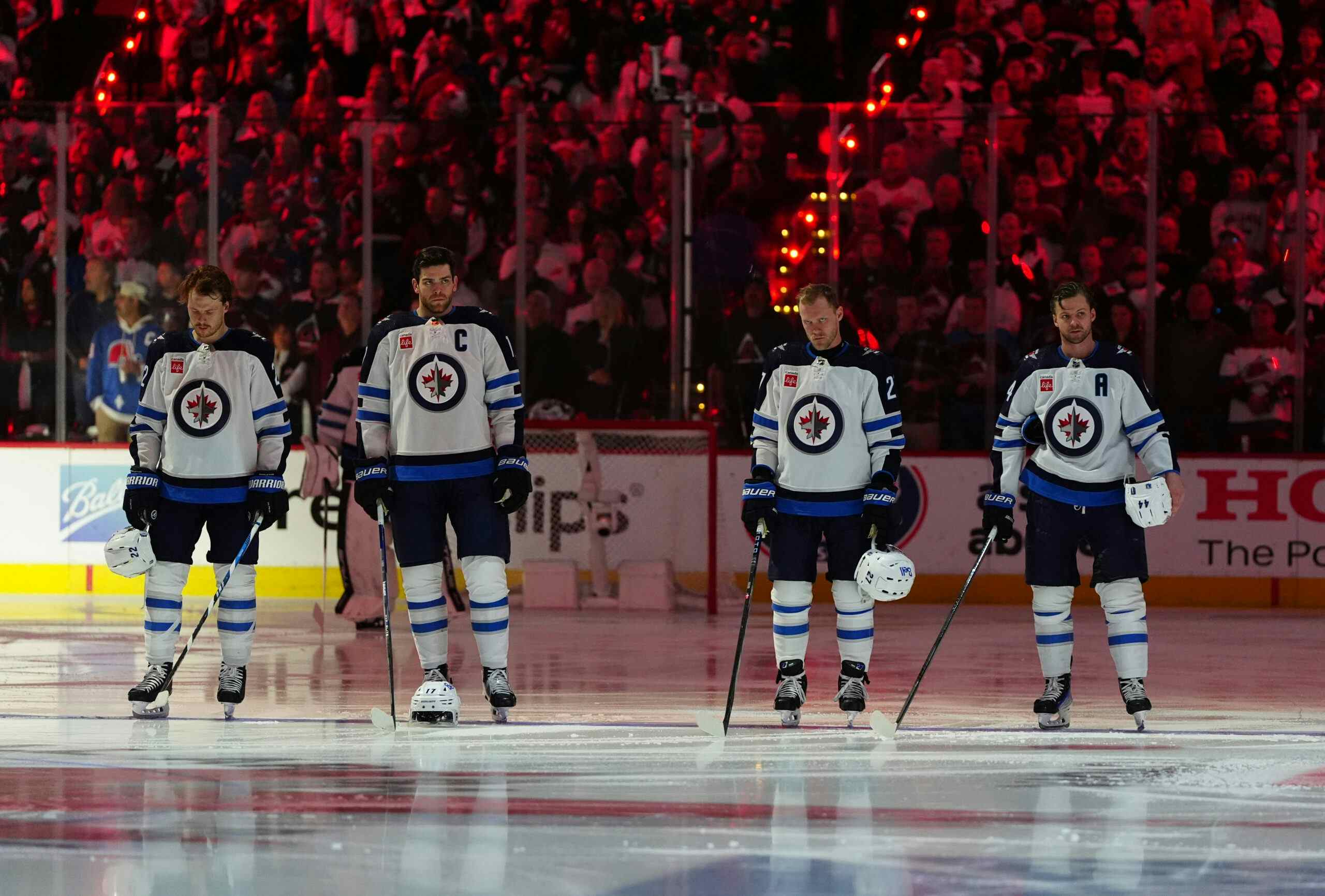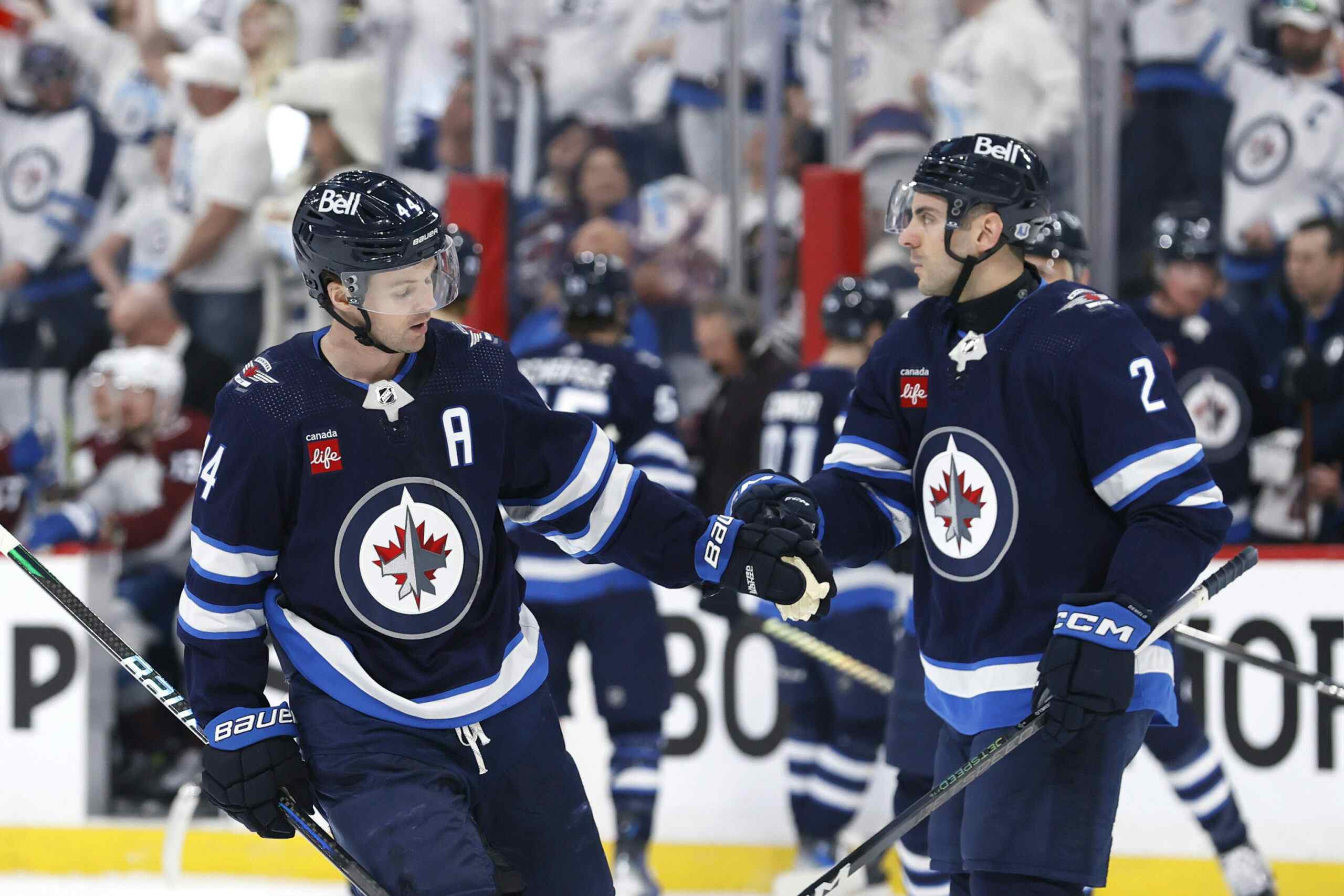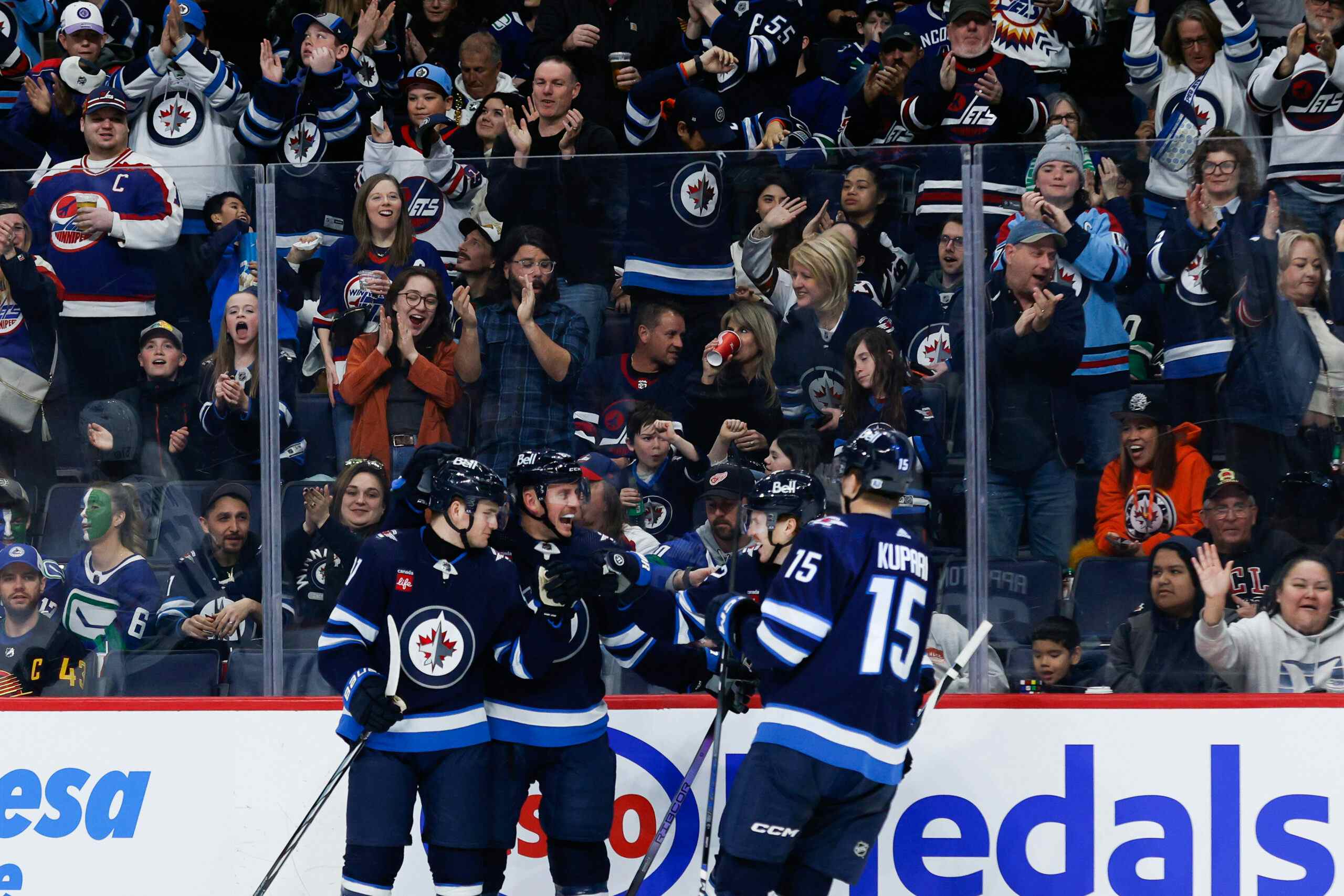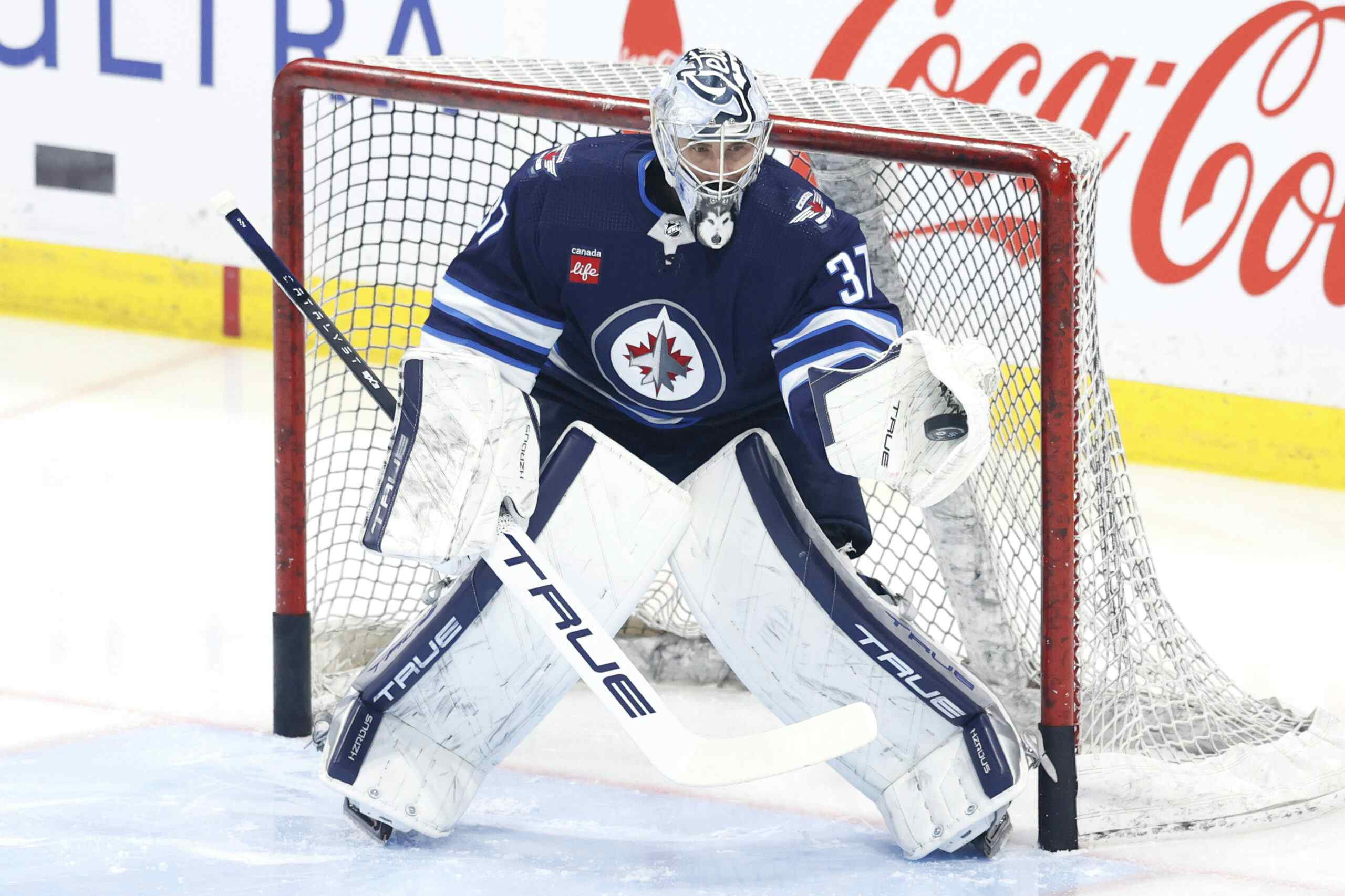Slicing and Dicing the Jets: Adam Lowry 2015-2016
By Garret Hohl
7 years agoThe Winnipeg Jets missed the playoffs for the fourth time in five seasons since the move to Manitoba, and the 14th time over 16 seasons over franchise history. The season does not end for us though at Jets Nation.
Welcome to our series where we take an analytical approach, dissecting what went wrong with the Jets 2015-2016 season and how to improve the team for next year.
We turn our evidence-based breakdown of the Jets with Adam Lowry’s 2015-2016 season.
THE BASICS

Numbers include all situations including non-5v5 TOI.
Lowry dressed for 74 games for the Jets, losing a few games due to a short AHL demotion and also a suspension. He came ninth in TOI per game, between Nikolaj Ehlers and Marco Dano.
The young centre’s scoring dropped from last year, scoring 7 goals, and 6 primary assists versus his 11 and 9 the previous season with only six more games played. The primary source to Lowry’s drop in scoring was from a drop in offensive zone time and some quality of linemates, which will get into later.
Lowry put up 73 shots on goal, and his shots on goal per 60 minutes of ice time was the lowest of any Jet forward to dress for a game, aside from JC Lipon. Lowry was called for 2 penalties more than he drew, which was the fourth worst differential for the Jets’ forwards. His penalty differential relative to his ice time though is slightly better, being the 6th worst and the best of those with a negative penalty differential.
USAGE


Visuals courtesy of hockeyviz.com
Lowry was primarily used as a third-line centre although his ice time severely dipped just prior to being sent down to the AHL. For special teams, Lowry was deployed one way exclusively; he barely touched the ice for the power play but was the leader in short handed ice time per game.
In terms of competition, Lowry saw a pretty average distribution of the oppositions best and worst forwards. He did tend to see the oppositions bottom-pairing defenders though more often than the top, showing that opposing coaches knew Lowry’s offensive abilities were limited.
Lowry lost some good linemates relative to last year, as he spent a solid chunk of time with Michael Frolik in 2014-2015 and his minutes spent with Mathieu Perreault dropped significantly, which would have an impact on the results for anyone.
For the most part Lowry played with the Jets third line players on the third line, but he performed like a fourth line player.
PERFORMANCE METRICS

Visual courtesy of ownthepuck.blogspot.ca

The top visual is designed for players with a three season sample, so it is imperfect in Lowry’s case, but does give us some direction and context to his performance. Lowry’s linemates did slightly better in shot differentials (Corsi) with him than without, although adding shot quality with expected goals (xGoal) they drop to worse with him than without. Looking at multiple factors, and holding everything constant, we expect Lowry to get outscored per minute rather than outscore. Lowry’s individual scoring pace is that of a very good fourth line player. The Jets allow fewer shots against but also produce even fewer with Lowry on the ice versus on the bench.
Now those numbers combined both this and last year for the 23-year-old centre, with this past season being weighted more heavily than the previous. The two seasons, though, were as different as night and day.
Lowry’s 5v5 production fell slightly this past season, and while on-ice percentages may have hurt his goal production by about half a goal or so, the primary cause seems to come from a severe drop in offensive zone opportunities and shot generation.
The Jets only controlled 47 percent of shots with Lowry on the ice and their control fell by nearly 6 percentage points with Lowry on the ice versus on the bench. These numbers were worse than every Jet regular aside from Chris Thorburn and Anthony Peluso. Using expected goals to add aspects of shot quality improves the picture for Lowry a bit, although not that much.
Lowry rarely saw the power play, and in the little time he was he did not show any cause for this in being a mistake. His performance on the penalty kill was slightly better than his power play time, although still poor compared to skaters Blake Wheeler, Andrew Ladd, and Andrew Copp.
FINAL THOUGHTS
The young Adam Lowry had a pretty tough sophomore season in the NHL. After being a net positive player in both shot and goal metrics the year prior, albeit while being insulated with strong linemates and soft deployment, the Jets had hoped Lowry could be used in an advanced shutdown role to alleviate some of the workload from Bryan Little and Mark Scheifele.
This experiment failed hard, and Maurice took notice fairly quickly.
Which season is the Lowry we should expect in the future? While both were better in shot suppression and poor in shot generation, without two strong two-way wingers on each side to make up for his areas of weakness, Lowry was unable to improve the Jets.
With about two-to-three seasons before Lowry likely hits the average peak-performance range, the Jets have some time to hope for improvement from 6’5 gritty centre. Depending on his bounce back, Lowry could still be a useful third-line player. That said, I’m doubtful his lack in footspeed or ability with the puck will ever allow the Jets to use him in a bottom-six shutdown role effectively like a Marcus Kruger.
While the Jets hope for a strong shutdown third-line centre, they may be stuck with a solid fourth-line player who can fill in the third-line adequately when required.
All numbers are courtesy of Corsica and are 5v5 score, venue, and zone adjusted unless otherwise noted.
MORE SLICING AND DICING
Recent articles from Garret Hohl





